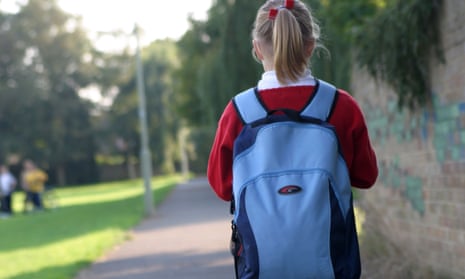Fiona Millar writes that the use of ballots in school admissions in Brighton has not necessarily made them fairer (School admissions: is a lottery a fairer system? 14 March). The system we favour is one where half the places in an inner catchment would go to those living nearest the school, using traditional distance criteria. The other half would be allocated by lottery. This would mean children living nearest a school didn’t lose out, while those living within travelling distance had a fair chance to get in. Lotteries are only a solution if they are used in conjunction with outreach work. This is so that low- and modest-income families know which schools they can apply to and where they are entitled to free transport.
Peter Lampl
Founder and chairman, The Sutton Trust and the Education Endowment Foundation
Rafael Behr observes that in her public stance on Brexit, Theresa May seems to have absorbed the views of career rebels, ignoring the opinions of loyal Tory moderates (Opinion, 15 March). In her strong support for the creation of more grammar and free schools, she has done much the same. Heads of government in Europe and many Tory councillors at home must equally be dismayed.
John Bailey
St Albans, Hertfordshire
Your article on the public accounts select committee report on the National Citizen Service set out very clearly the committee’s many justifiable criticisms of the scheme (David Cameron’s ‘big society’ flagship cannot justify costs, say MPs, 14 March).
What it didn’t do, however, was identify a serious gap in the report: its failure to ask how else the £1.26bn now allocated to the NCS up to 2020 might be spent. Research carried out by the union Unison has shown that between 2010-11 and 2015-16, local authority youth service budgets were cut by £387m, 600 youth centres were closed, 139,000 places for young people lost and 3,650 youth worker jobs abolished. With the kind of resources now being siphoned off into an ex-prime minister’s vanity project, many of these locally based, all-year-round facilities could not only be reopened, they could get the upgrading and updating that they deserve and that many of them have long needed.
Bernard Davies
Leamington Spa, Warwickshire
- This article was corrected on 17 March 2017. The NCS has a budget of £1.26bn up to 2020, not £1.26m as originally stated.
Join the debate – email guardian.letters@theguardian.com
